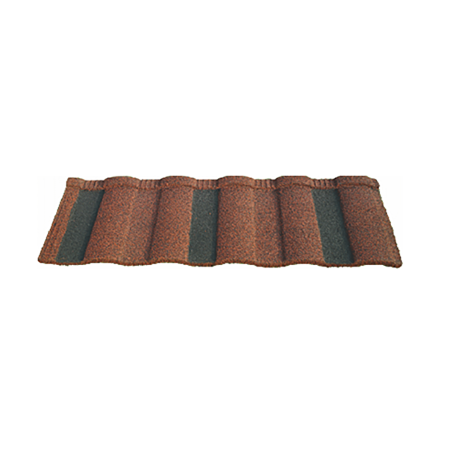
Kas . 10, 2024 10:31 Back to list
Guidelines for Installing Roof Shingles Effectively and Efficiently
Applying Roof Shingles A Comprehensive Guide
Applying roof shingles is an essential skill for homeowners and DIY enthusiasts alike. A well-installed roof not only enhances the aesthetic appeal of a home but also provides crucial protection against the elements. This article will guide you through the process of applying roof shingles, covering important tips and techniques to ensure a successful installation.
Tools and Materials Required
Before starting, it's critical to gather all necessary tools and materials. You will need
- Roof shingles (asphalt, wood, metal, etc.) - Roofing felt or underlayment - Roofing nails (preferably galvanized) - Hammer or pneumatic nail gun - Roofing knife or utility knife - Measuring tape - Chalk line - Ladder - Safety gear (gloves, goggles, hard hat) - Roof ventilation materials (if applicable)
Preparing the Roof Surface
Proper preparation of the roof surface is fundamental to a successful installation. Start by inspecting the existing roof for any damage or rot. Remove old shingles, nails, and debris to create a smooth surface. If you're working with a flat or low-slope roof, consider applying a roofing felt (underlayment) to provide an additional layer of protection against water infiltration.
Before you begin laying shingles, ensure the roof deck is solid and free from any loose materials. Replace any damaged plywood or boards to ensure durability.
Measuring and Laying Out Shingles
Once the roof deck is prepared, it's time to measure and lay out your shingles. Start at the eaves and work your way up to the ridge. Use a chalk line to mark a straight line at the location where the first row of shingles will be installed. This ensures that all subsequent rows are aligned.
For asphalt shingles, begin by applying the first course of shingles along the eaves, ensuring that they overhang the edge of the roof by about 1/4 to 1/2 inch. This overhang helps with water drainage and protects the fascia.
applying roof shingles

Installing the Shingles
When installing shingles, follow the manufacturer’s instructions for the specific type and style you are using. Always align the first shingle with the chalk line, and nail it in place. Use four to six nails per shingle, depending on the manufacturer's guidelines and local building codes.
As you continue installing shingles, stagger the seams by shifting each successive row a few inches to avoid water infiltration. Make sure to maintain consistent spacing and alignment for a professional appearance. For areas around vents, chimneys, or any penetrations, cut shingles with a roofing knife to fit snugly, applying additional roofing cement as necessary for sealant.
Ventilation and Flashing
Proper ventilation is essential for a roof’s longevity. Ensure your roofing system allows for adequate airflow to prevent moisture buildup, which can lead to mold and roofing decay. Install ridge vents and soffit vents as needed.
Flashing is another critical component to install at areas where the roof meets walls or chimneys. Use metal flashing to guide water away from these junctions and secure them with roofing cement and nails.
Final Inspection and Maintenance
After all shingles are installed, conduct a thorough inspection of your work. Check for any missed nails, gaps between shingles, or areas requiring additional sealing. Clear away any debris that could accumulate and cause water pooling.
Once your roof is complete, consider establishing a routine maintenance schedule. Regular inspections and cleanings can prolong the life of your shingles and prevent costly repairs.
Conclusion
Applying roof shingles is a manageable task with the right preparation and attention to detail. By following these guidelines and using quality materials, you can create a durable and visually appealing roof. Whether you are enhancing an existing structure or building a new one, a well-installed roof is a worthwhile investment that adds value to your home. Always prioritize safety and adherence to local building codes, and don’t hesitate to consult professionals for complex installations. Happy roofing!
-
Rubber Roofing Shingles - Durable & Weatherproof SBS Rubber Asphalt Shingles for Homes & Businesses
NewsJul.08,2025
-
Crest Double Roman Roof Tiles – Durable, Stylish Roofing Solution at Competitive Prices
NewsJul.08,2025
-
T Lock Asphalt Shingles Durable Roofing Solution for Long-lasting Protection
NewsJul.08,2025
-
Top Stone Coated Metal Roofing Suppliers & Manufacturers Durable Stone Coated Metal Tile Solutions
NewsJul.07,2025
-
How Many Bundles of Asphalt Shingles in a Square? Fast Roofing Guide & Tips
NewsJul.07,2025
-
How Long Should a Cedar Shake Roof Last? Expert Guide & Replacement Options
NewsJul.06,2025







